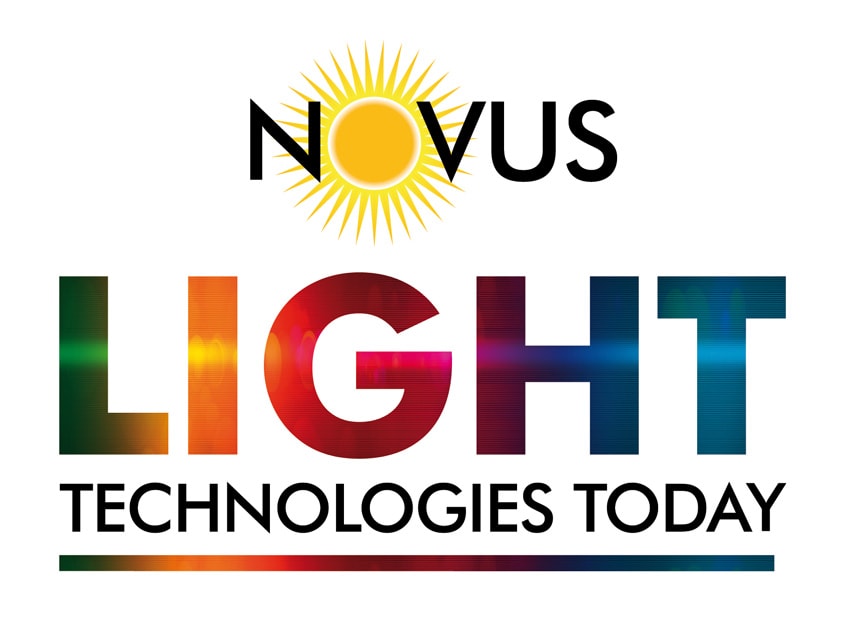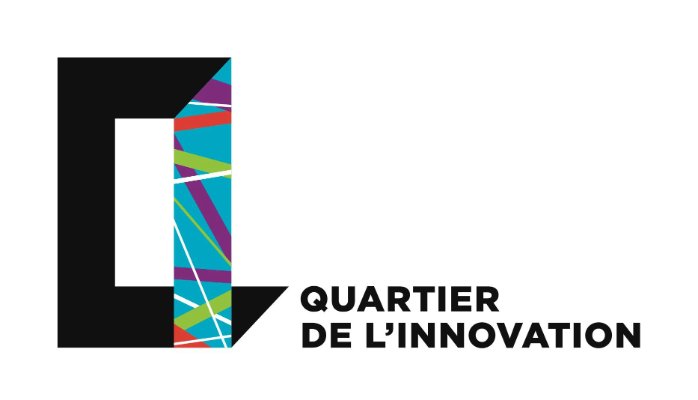Products
Your all-inclusive solution
All Products
Download our catalog
Get our Catalog
Applications
Thriving from one of the top aerospace hubs, Nüvü Camēras is featured in the Quebec Aerospace 2017 industry report alongside leading research, governmental and private institutions. CEO, Marie-Eve Ducharme, presents Nüvü’s innovative imaging technology and its added value to the global aerospace supply chain.

Military & Aerospace highlights the new HNü128 AO EMCCD camera, optimized for applications in non-standard environments such as adaptive optics, amongst many others.

Novus Light presents Nüvü Camēras’ HNü128 AO, a new robust option of its 128×128 EMCCD camera, optimized for high-frame rates and high-sensitivity in non-standard environments.

Photonics Online highlights the new AO option of Nüvü Camēras’ HNü128, which provides an enhanced solution for environments and applications requiring more robustness from an EMCCD camera while reaching the best sensitivity at high frame rates.

The Innovation district of Montreal’s journal presents Nüvü Camēras vision of revolutionizing the industries of biomedical diagnosis and astronomy, among others, with the ultimate goal of bettering human lives.

The engineering university École de Technologie Supérieure (ÉTS) is proud to promote Nüvü Caméras at the INGO Innovation Center, as well as its co-founders, former students of ÉTS.

Photonics Media presents Nüvü Cameras’ CCD Controller for Counting Photons (CCCP) latest feature: the passive heat dissipation. With the goal of integrating a future major space mission, TRL-5 CCCP will be designed for space use and characterized under relevant conditions for the new environment thanks to the Canadian Space Agency’s support.

Laser Focus World presents Nüvü Cameras’ latest exclusive feature: the passive heat dissipation of its electronics. The innovation spurred by space exploration, pioneers new developments in EMCCD cameras to benefit human lives through hospital centres’ systems. A TRL-5 version of Nüvü’s EMCCD technology is already in the design phase thanks to Canadian Space Agency support.

Vision Systems Design presents Nüvü’s recent innovation, the multiple regions of interest (mROI) feature to boost acquisition speed in low-light applications. Researchers from the Institute for Research in Immunology and Cancer and the Australian National University present promising examples with the new feature.
